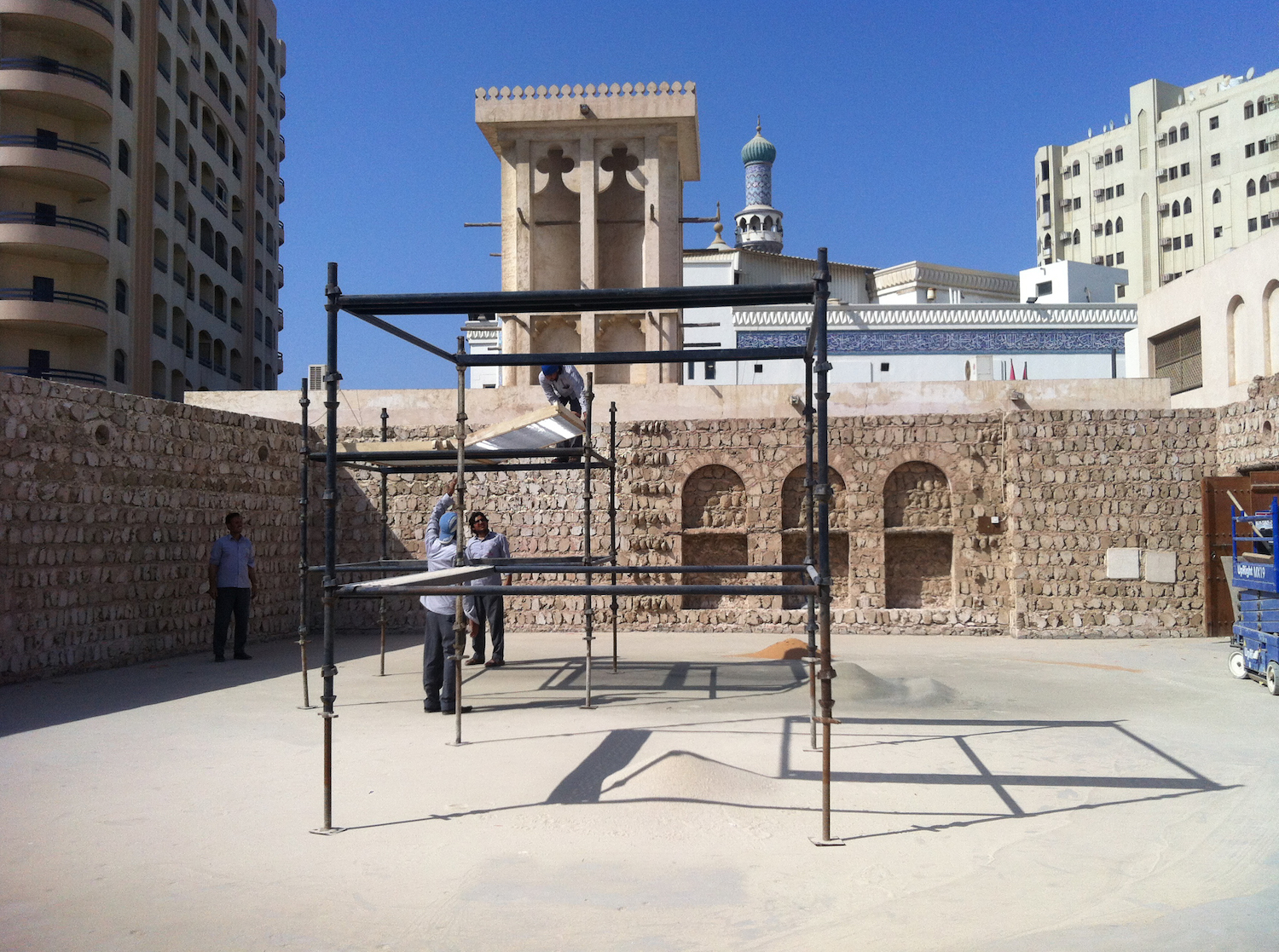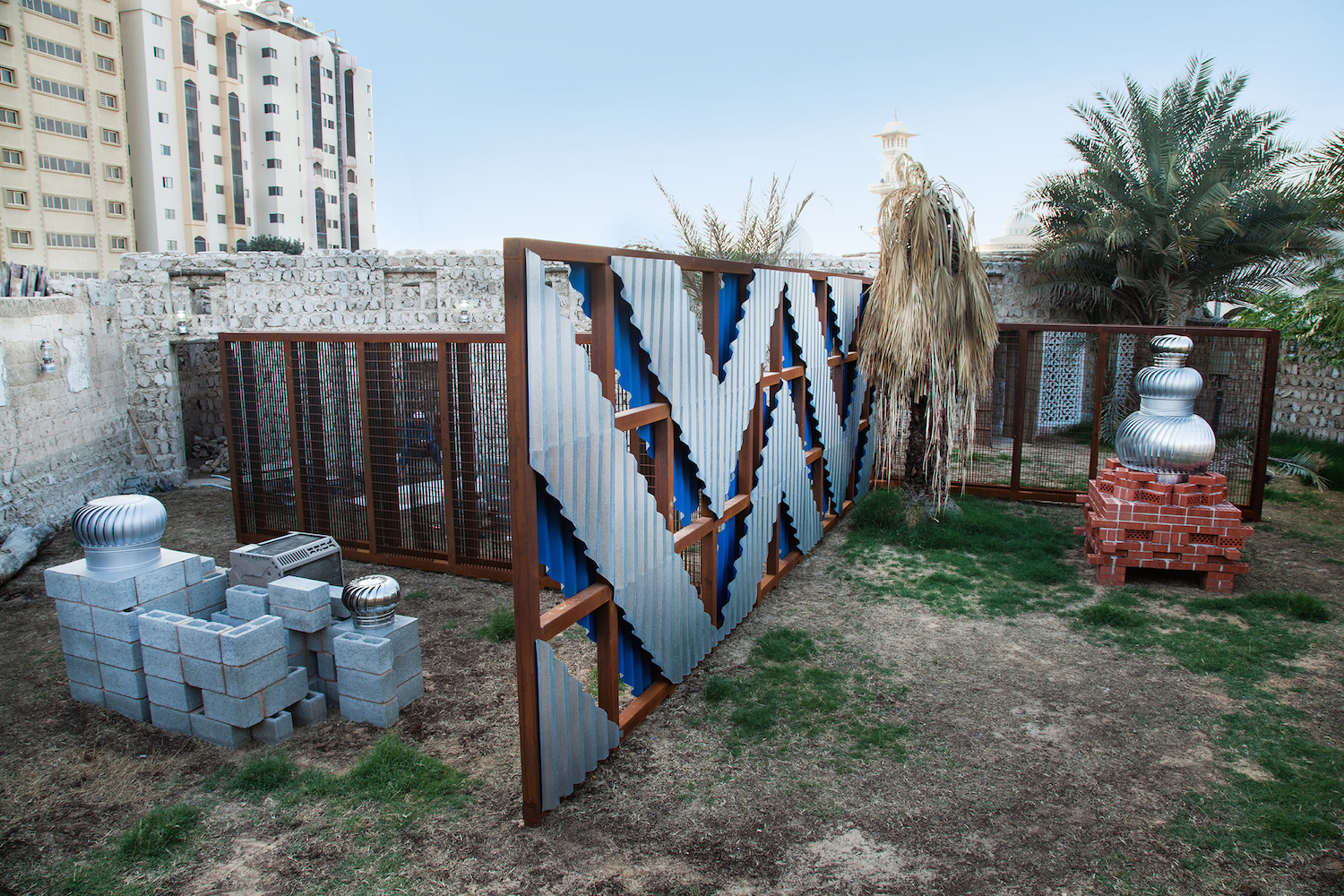For its 12th edition, the Kaunas Biennial considers the journey as a metaphor in the context of the burgeoning cultural identity of a city with a complex past. Over the course of recent history, Kaunas has been caught in a state of political flux, transitioning from one regime to the next.
Even during its prosperous twenty-year phase as capital city after the Polish annexation of Vilnius between 1919 and 1940, Kaunas remained in waiting, set to regain its status as second city after the liberation of the former capital. What followed, however, was occupation by the Soviet Union, then Nazi Germany, reoccupation by the Soviets, and finally the declaration of Lithuanian independence in 1990, with the country becoming a member state of the European Union in 2004. This chain of events restored not only Lithuanian national sovereignty but also the status of Kaunas as second city with the stubborn moniker “temporary capital.” This perpetual change has shrouded the city in a collective amnesia fueled by discrepant lived experiences across generations. Now, looking forward to its tenure as European Capital of Culture in 2022, Kaunas seeks to carve out a unified path to the future on its own terms, mythologizing its troubled past in order to write new narratives for the present.
Claudio Santoro: What are some recurring themes among the works and artists selected to participate in this edition of the Kaunas Biennial?
“After Leaving | Before Arriving” takes the story of Kaunas as its point of departure to examine broader notions of passage, transition, reorientation, and repair in the context of individual experience and intergenerational structures. The exhibition reflects upon how the feeling of disorientation underlying contemporary existence globally intertwines with the specific sociopolitical realities of nation-building in the New East, where alternative European alliances are unfurling from the knots of past regimes.
As is to be expected from an exhibition with such a title, a number of works in the show address the topic of displacement and migration. Against the backdrop of the European migrant crisis, the works of the biennial engage with the local context, looking at the specificities of the movement of people and natural resources within the former Eastern Bloc. Some artists look at this topic from a historical perspective, whereas others address issues that continue to shape the contemporary moment, focusing on the social and political fallout of the collapse of the former Second World. These stories of displacement are often connected with shifting territorial boundaries and questions of national identity and self-understanding. The works on display expose the apparatuses of power that underpin these political and ideological constructs, while also highlighting their absurdity.
A second important strand of the exhibition is the notion of progress and development. In the lead-up to the city’s tenure as European Capital of Culture, the exhibition looks back to the turbulent political past of Kaunas. After its appointment to capital city after the annexation of Vilnius in 1919, Kaunas developed rapidly according to modernist principles of design, architecture, and social structure. A number of works in the show engage with the formal and social paradigms of modernist projects from across the globe in order to trace their common social ambitions but also their ultimate failings. The exhibition also pays attention to how such concepts of progress need to be tempered or realigned in this time of political and ecological instability.
CS: How is Kaunas transitioning toward becoming a healthier place for artists based on its precarious social history?
In 2017 Kaunas was awarded the European Capital of Culture project. In 2022 the city will become a thriving environment for culture and arts. In the run-up to Kaunas 2022, not only cultural organizations and institutions but also independent arts organizations and individual artists are invited to create and participate in the program. This provides opportunities for collaboration between local artists together with organizations on the national and international level. Also, in 2017 the Kaunas Biennial together with twelve other European cultural organizations launched a four-year Creative Europe platform called MagiC Carpets. The platform unites emerging curators, emerging artists, and local communities across Europe. Such initiatives create opportunities for artists to live and work in Kaunas and also allow the public to become acquainted with and more open to contemporary art practices.
CS: What are the most important galleries in Lithuania in terms of fostering an emergent local art scene?
Lithuania is open to emerging artists through different projects and residencies. The best examples for residencies are Rupert, Nida Art Colony, Kaunas Artists’ House, and MagiC Carpets. There are also institutions in Lithuania that organize and promote emerging artist practices, including the National Gallery of Art, Contemporary Art Centre, Galerija Vartai, Titanikas at the Vilnius Academy of Art, Meno Parkas, POST, Vytautas Magnus University’s Gallery 101, and the Klaipėda Culture Communication Centre. Support for local artists is also provided by the Lithuanian Council for Culture in the form of grants to realize projects in Lithuania and abroad.
These answers were provided by curators Elisabeth Del Prete, Daniel Milnes, Lýdia Pribišová, Neringa Stoškutė, and Alessandra Troncone; and the director of the Kaunas Biennial, Kotryna Žemaitytė. For more information on the 12th Kaunas Biennial visit http://www.bienale.lt/2015/en/



